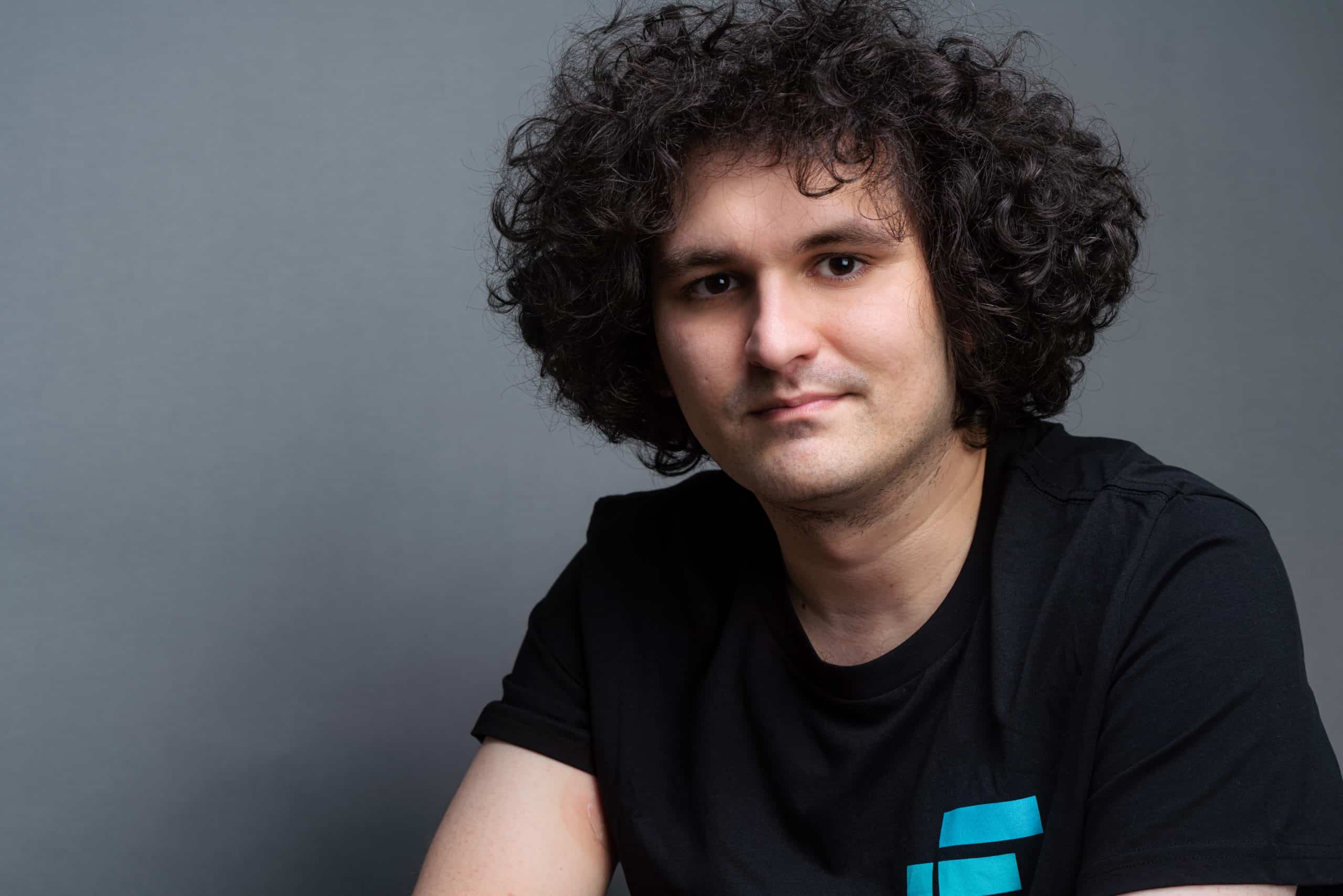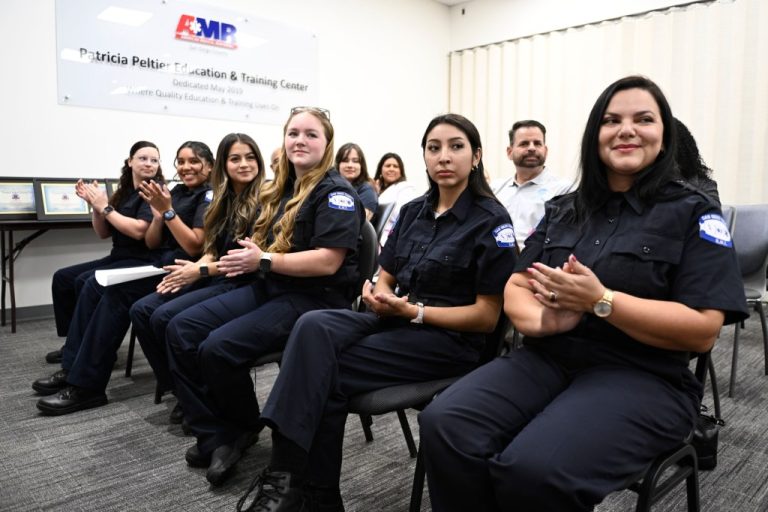
Sentencing guidelines call for criminals receiving longer than a 20-year sentence to serve in either a high-security or medium-security facility, but experts say there’s a good chance SBF will avoid those unpleasant scenarios even if he gets a lengthy sentence.

Where SBF gets sent to prison is supposed to hinge on the length of his sentence, but there’s room for discretion.
Posted March 27, 2024 at 4:48 pm EST.
Disgraced founder and former CEO of bankrupt crypto exchange FTX Sam Bankman-Fried will face sentencing before the Southern District of New York on Thursday for a laundry list of fraud charges.
Unchained previously reported on the amount of jail time that SBF is looking at, which experts put at over twenty years, partly due to the seriousness of his crimes and partly due to his courtroom behavior. But which federal prison will he find himself in, and under what conditions? Though Bankman-Fried won’t know immediately which prison he’ll be sent to, several experts weighed in with their best guesses as to where he might actually serve his time.
Read more: What To Expect from Sam Bankman-Fried’s Sentencing – And the Lessons We Should Learn
The process for determining where Bankman-Fried will carry out his sentence is fairly convoluted, starting as a request from the defense at sentencing, and then going to Judge Lewis Kaplan, who produces a judicial recommendation. That recommendation then goes through federal marshals and the Bureau of Prisons to one of 17 counsels within a little-known group called the Designation & Sentence Computation Center (DSCC), which makes the final decision. Most of that decision will hinge upon the length of SBF’s sentence, but even established rules get violated.
For example, a law says that the incarcerated gets to be within 500 driving miles of release addresses — in Bankman-Fried’s case, his parents’ home in Stanford, California. But the experts we consulted noted there were plenty of examples of that law not being applied, and indeed placement on opposite coasts.
The Guidelines
The Bureau of Prisons formally puts anyone with longer than a 30-year sentence in high-security facilities, and over 20 years in medium-security facilities. However, experts said the rules are more like guidelines in these cases.
Read more: SBF’s Prison Sentencing Is Coming Up. How Many Years Will He Get?
“There are variations,” said Justin Paperny, a former stockbroker who spent 18 months in prison for financial crimes and now provides consulting for white collar defendants. ”In general, 10 years or less is minimum security, 10 to 20 years is low security prison, and 20 years or more they send you to a medium-security prison — someplace like Bernie Madoff [got sent to].”
Madoff, the notorious Ponzi schemer, served 12 years of his 150-year sentence in the medium-security Butner Federal Corrections Complex in North Carolina, which is perhaps most notable for its massive medical campus, in which Madoff would eventually die.
“Males facing sentences of twenty years or more are generally designated to a medium security facility, but this Public Safety Factor can be waived, allowing for placement in a low security facility,” Laura K. Gasiorowski, a defense attorney with Stahl Gasiorowski, told Unchained.
“The Bureau of Prisons does take into account for very notorious cases, for more cause célèbres, they try to place people at institutions where they will be safe,” said Christopher Zoutkis, who consults with criminal defendants on their sentencing. “High-security prisons are like war zones. The inmates run everything.”
Paperny concurred. “You will not see many white collar criminals doing time in medium-security facilities,” Paperny said. “You will find a very big jump between a low- and a medium-security prison.”
Read more: Is Prison Crypto’s New Glow-Up? Post-Incarceration Do Kwon and SBF Are Admired
There are exceptions. Allen Stanford, whose name comes up repeatedly alongside that of Madoff’s in the Bankman-Fried case docket as an equivalently historical fraudster, is currently doing time in a maximum-security prison in Florida for running a massive Ponzi scheme. Deemed a flight risk, the 74-year-old’s term is scheduled to end sometime early next century.
Prisons SBF Might Be Sent To
Neither Paperny and Zoutkis considered a maximum-security facility a likely option for Bankman-Fried. And if Bankman-Fried manages to avoid a medium-security prison, Paperny says one of two minimum security camps in Southern California—Atwater or Mendota—would be Bankman-Fried’s best outcome.
The satellite facilities of larger and more intensive prisons, the Atwater or Mendota camps let inmates work at the larger prisons, giving them a fair range of independence. Though they’re out in a swath of California’s central valley that’s hardly prime real estate, they often feature a single guard for 100-odd inmates and minimal perimeter fencing. Indeed, inmates at these camps have sometimes been known to just walk out.
Zoukis had a different prediction, however.
“If I’m a betting man, [I’d say he goes to] FCI Terminal Island in San Pedro,” said Zoukis, referring to a low-security institution next to the port of Los Angeles. It has more of a jail feel than the minimum security camps, but is still known as a fairly cushy place to do time, with a major COVID outbreak and ongoing infrastructure issues being more notable than inmate violence.
No doubt the public at large, as well as the crypto community SBF once served as a pillar of, will be keenly interested in where he ends up.
Bankman-Fried’s defense did not return requests for comment for this story.








